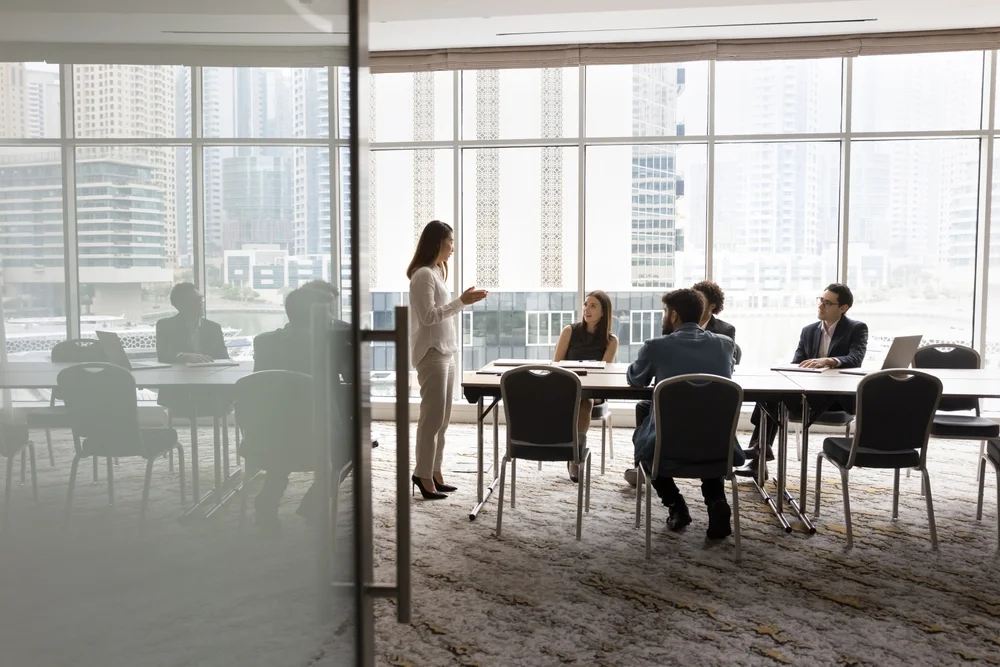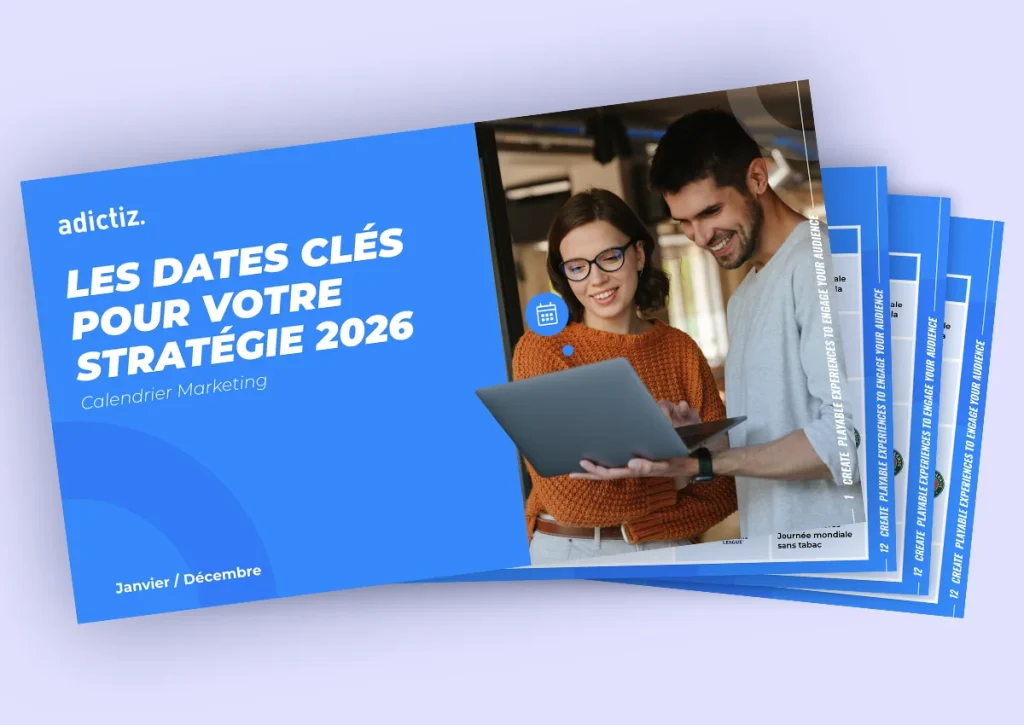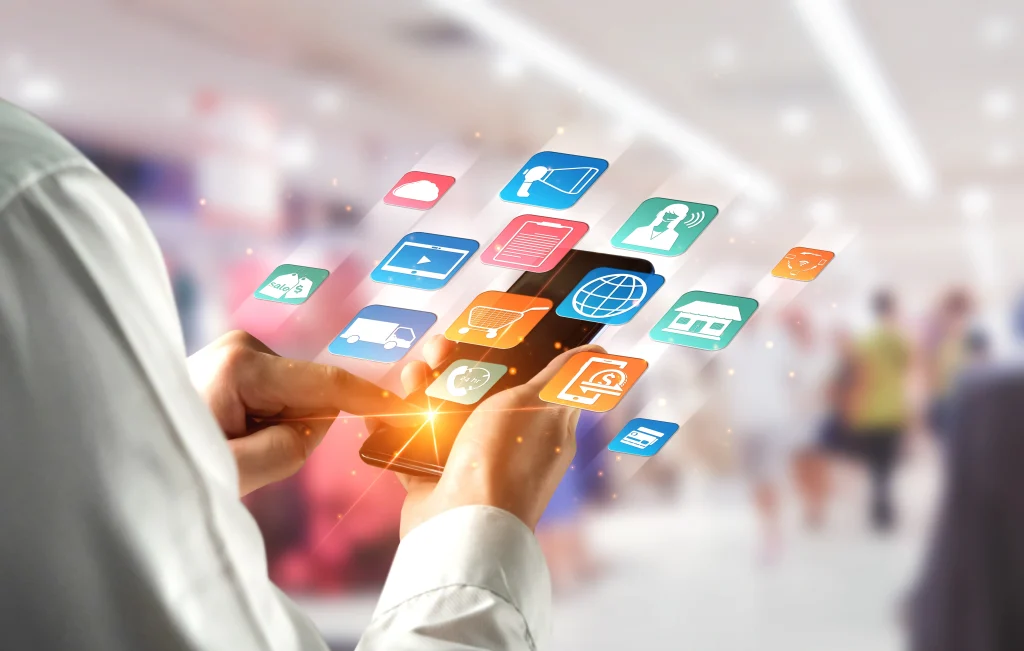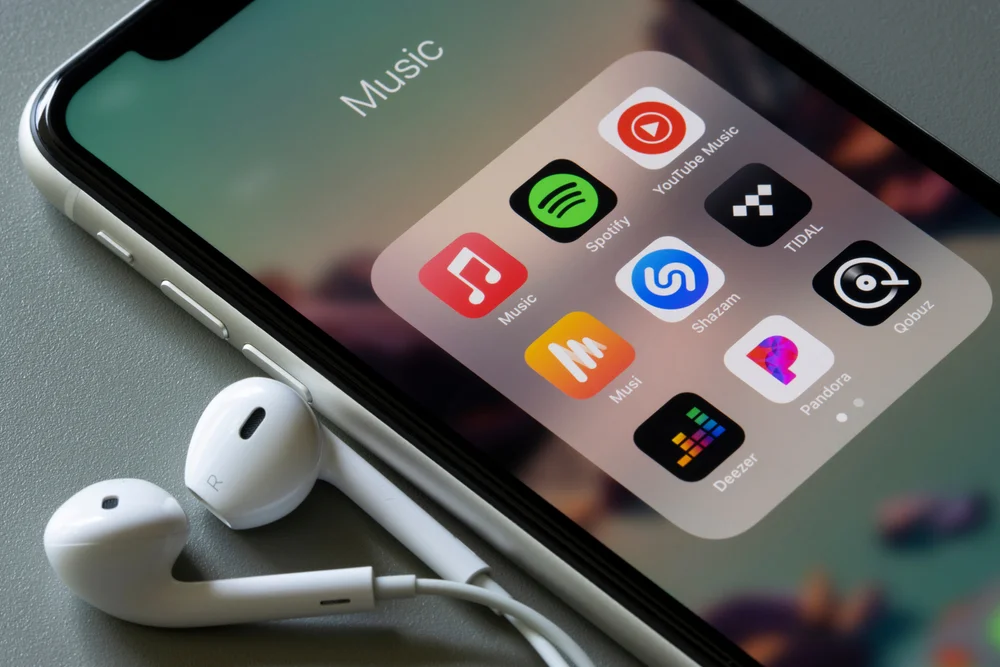Games are a powerful tool for engaging, raising awareness and training employees. By transforming learning (and the transmission of information) into playful experiences, serious games encourage team motivation and performance.
Discover the benefits of creating serious games for your organisation and the keys to implementing them, turning every challenge into an opportunity for growth.
Definition: what are serious games?
A serious game is a game designed for purposes other than entertainment. For an HR strategy, it is an interactive tool that uses mechanics to
achieve educational, information or skills management objectives.
Serious games are an engaging way of learning, training and raising awareness
by encouraging interaction and problem-solving. They are used to :
- simulate certain situations (such as an interaction with a difficult customer),
- updating skills,
- run a prevention campaign
- or raise its teams’ awareness of social and environmental causes.
What are the objectives of serious games?
The aim of a serious game in the field of human resources (HR) is to develop skills, train and assess employees in a fun and interactive way.
In contrast to traditional training and skills management methods, serious games encourage commitment. Enabling immersive learning while retaining a serious, educational dimension.
These are the objectives that serious games can help to achieve.
- Skills development
: Serious games are designed to develop employee skills such as leadership, decision-making, communication and conflict management. By immersing participants in realistic scenarios, the organisation helps them to practise in a safe and caring environment. - Improving commitment and motivation.
The fun aspect makes training attractive, which increases motivation to learn and improve skills. Serious games help to create a dynamic learning experience.
- Skills assessment.
A serious game can be used as an assessment tool to measure employees’ skills in specific areas. It enables HR to identify employees’ strengths and areas for development.
- Change management.
Companies can undergo organisational changes
(mergers, hybrid work organisation, digitalisation, etc.). Serious games help to prepare employees for these transitions by immersing them in these contexts with tools to help them adapt.
How can serious games be integrated into your HR strategy?
Gamification and serious games are tools that support companies in their HR strategy. Integrating these playful experiences into various strategic areas, from corporate communication to CSR, not forgetting training.
1. Raising awareness and involving teams in a CSR approach
Gamification and serious games help companies raise employee awareness of sustainability issues
and responsible practices. In a fun way, without making employees feel guilty, by sharing with them the levers of commitment that are anchored in their daily lives.
Internal challenges will be a way of encouraging and rewarding eco-responsible behaviour
(waste reduction, soft mobility, energy savings, etc.). Serious games are used to simulate ecological transition and crisis management scenarios. Employees will be trained to manage these challenges. The company’s values will be passed on to them in a caring way.
Example: DPD offered its employees a Quiz
designed to raise awareness of the need to reduce waste. The aim of the serious game was to tackle this sensitive subject in a fun, low-key way. Thanks to this initiative, participants could win prizes, reinforcing the commitment to this internal awareness-raising campaign.
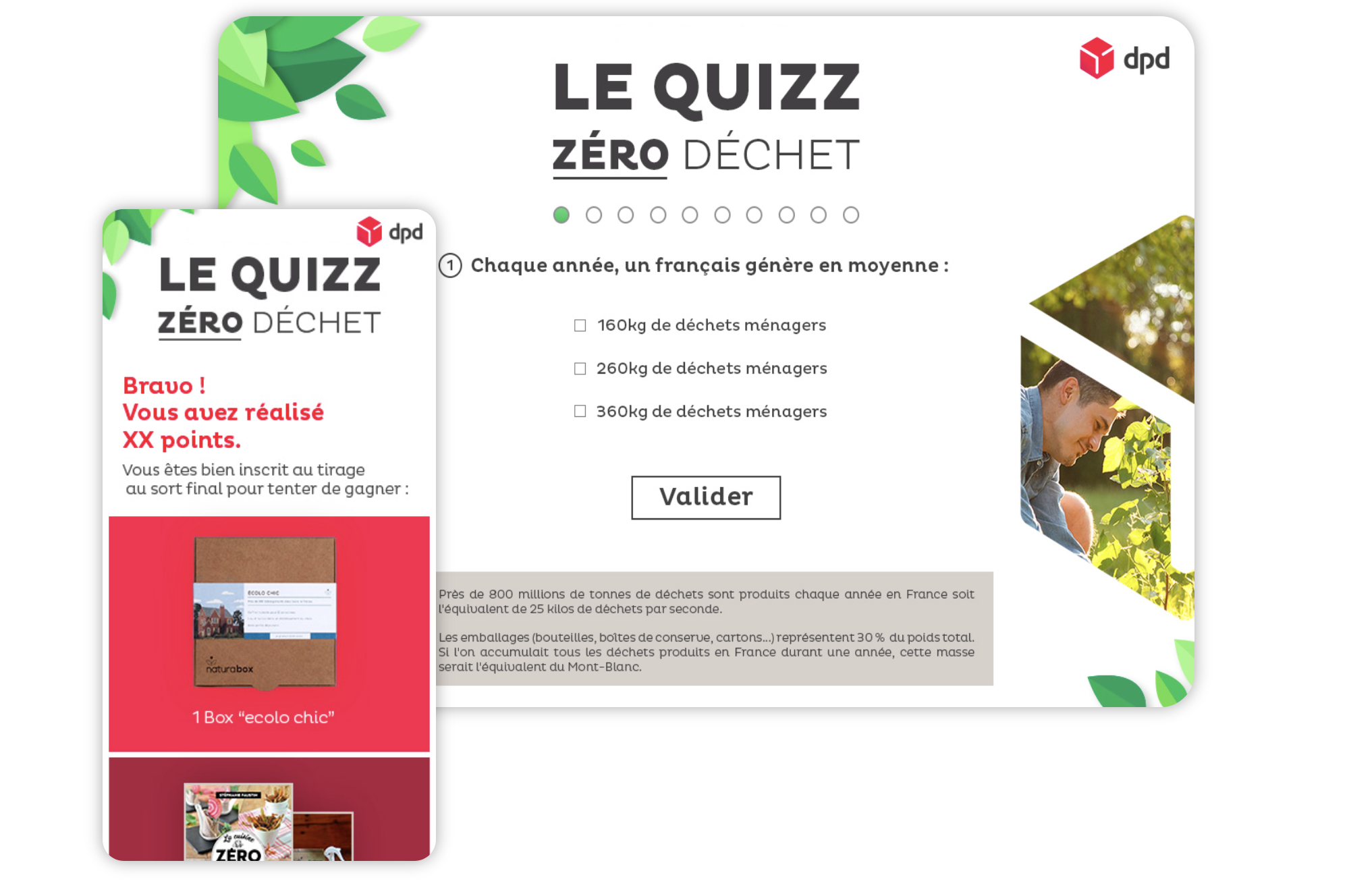
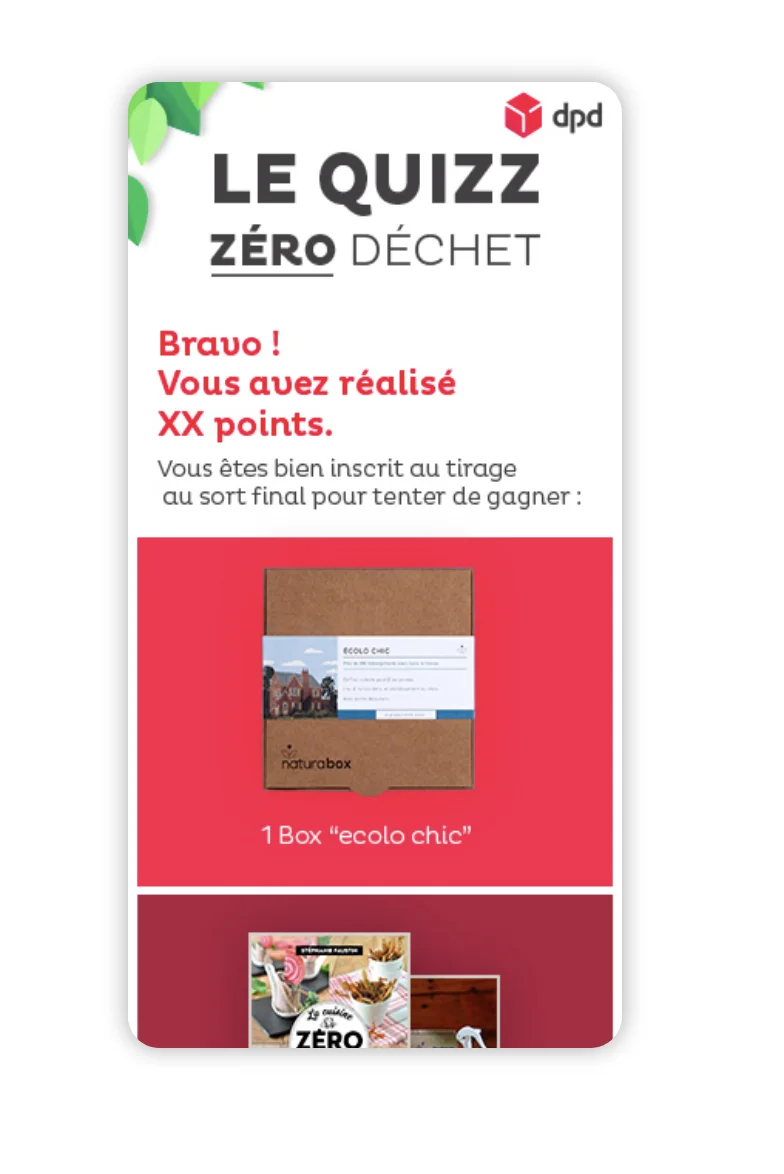
2. Optimising in-house training and skills management
Serious games are used to train employees in key skills for their role.
Online role-playing games can be used for training in project management, negotiation or public speaking. Employees can learn to work together more effectively in problem-solving scenarios.
The advantage of serious games is that they make it easier to share feedback in real time
and tracking progress. Using a system of points, levels or badges, the organisation can track progress, personalise its support and keep its teams motivated.
Example: Pro BTP has launched an interactive quiz campaign in response to its legal duty of care. This educational tool, which focuses on raising awareness of road safety, was able to effectively engage participants thanks to its game mechanics.
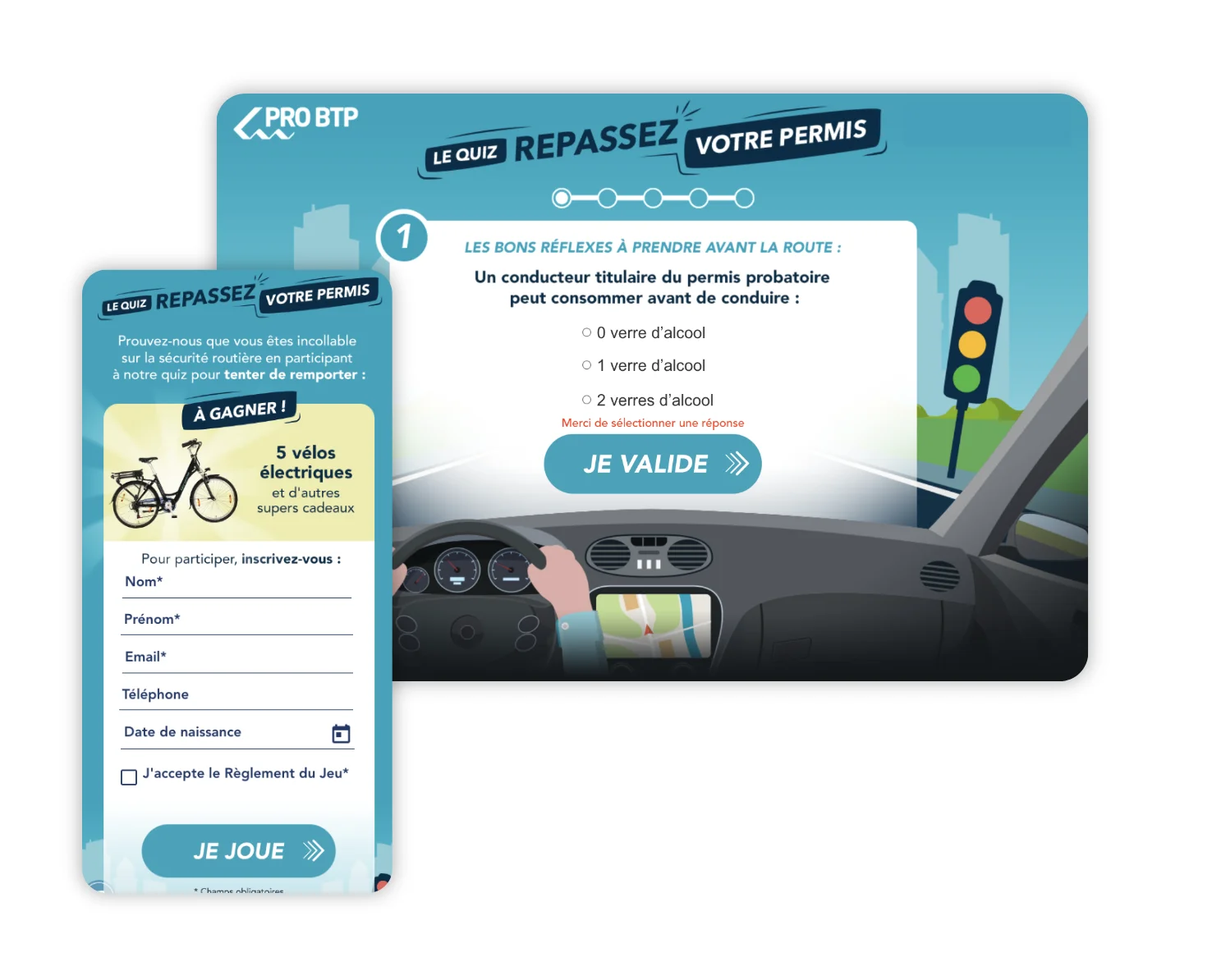
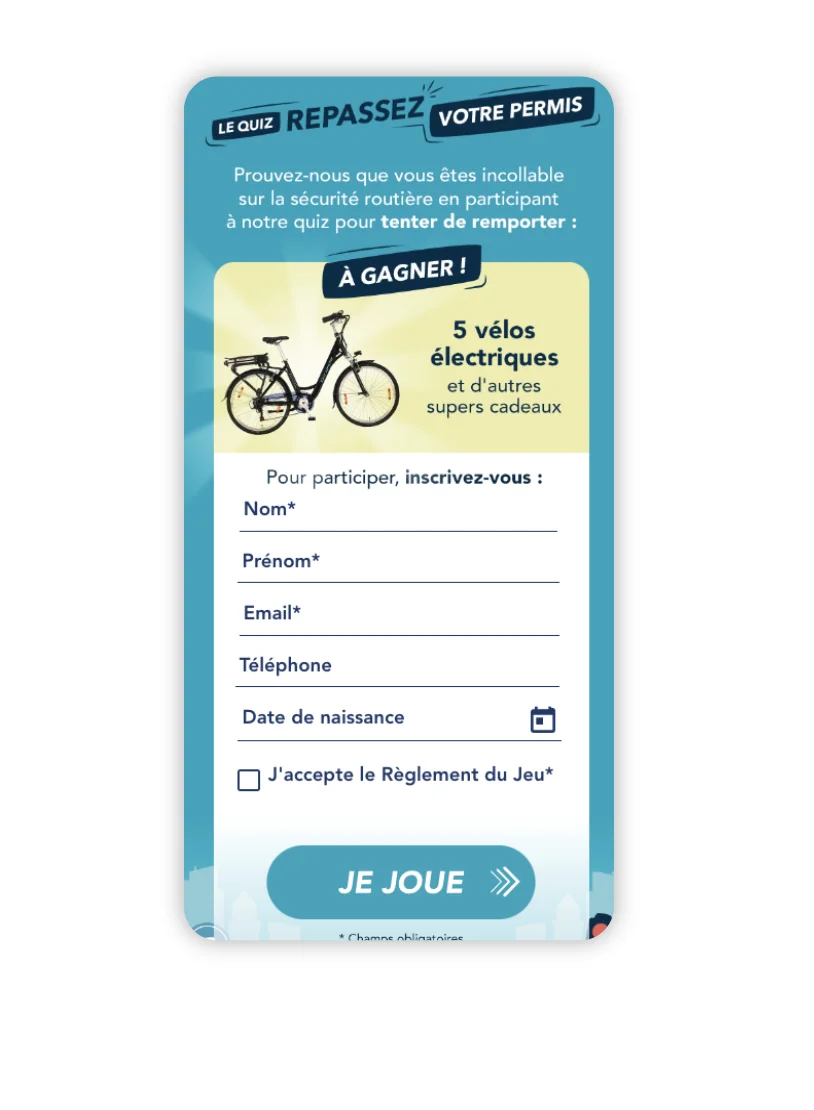
3. Boost your internal communications
HR games can be used to boost internal communication.
This is an effective format for celebrating the organisation’s successes. A system of virtual rewards or leaderboards can be set up for achieving performance targets and participating in internal initiatives.
Serious games can also encourage employees to take part in creative challenges
or to propose innovative solutions. The company can organise
a Survey or set up a Customizer
. These formats help to stimulate creativity and generate new ideas.
Example: At Adictiz, we deployed a Customizer as part of the Pimp Your Cup campaign.
. The aim of this operation was to motivate our employees and
involve them in a joint project
: the creation of a reusable cup. As well as boosting our QWL (Quality of Life at Work) approach and our CSR commitments, this serious game helped to strengthen team cohesion by inviting our talents to work together to create a unique object.
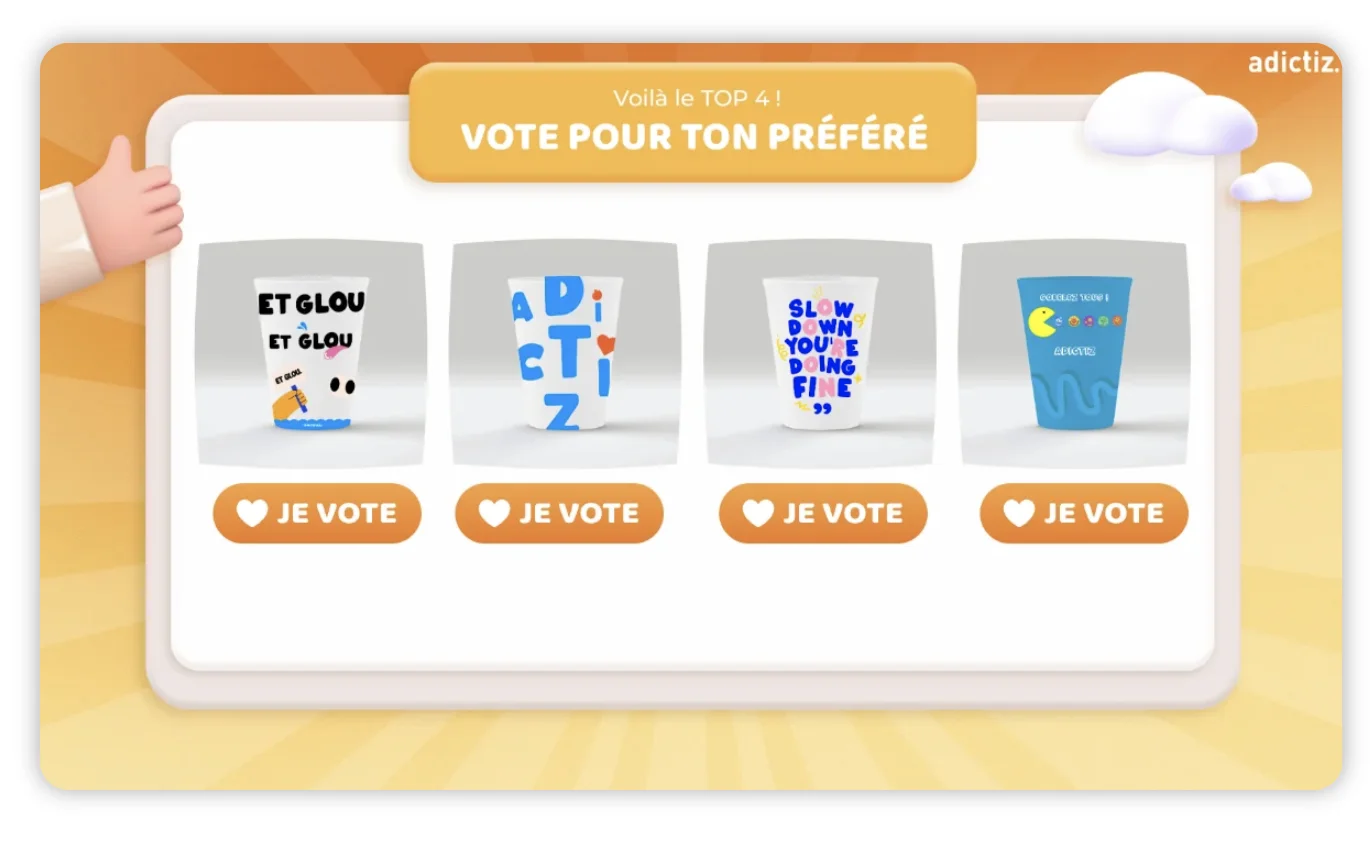
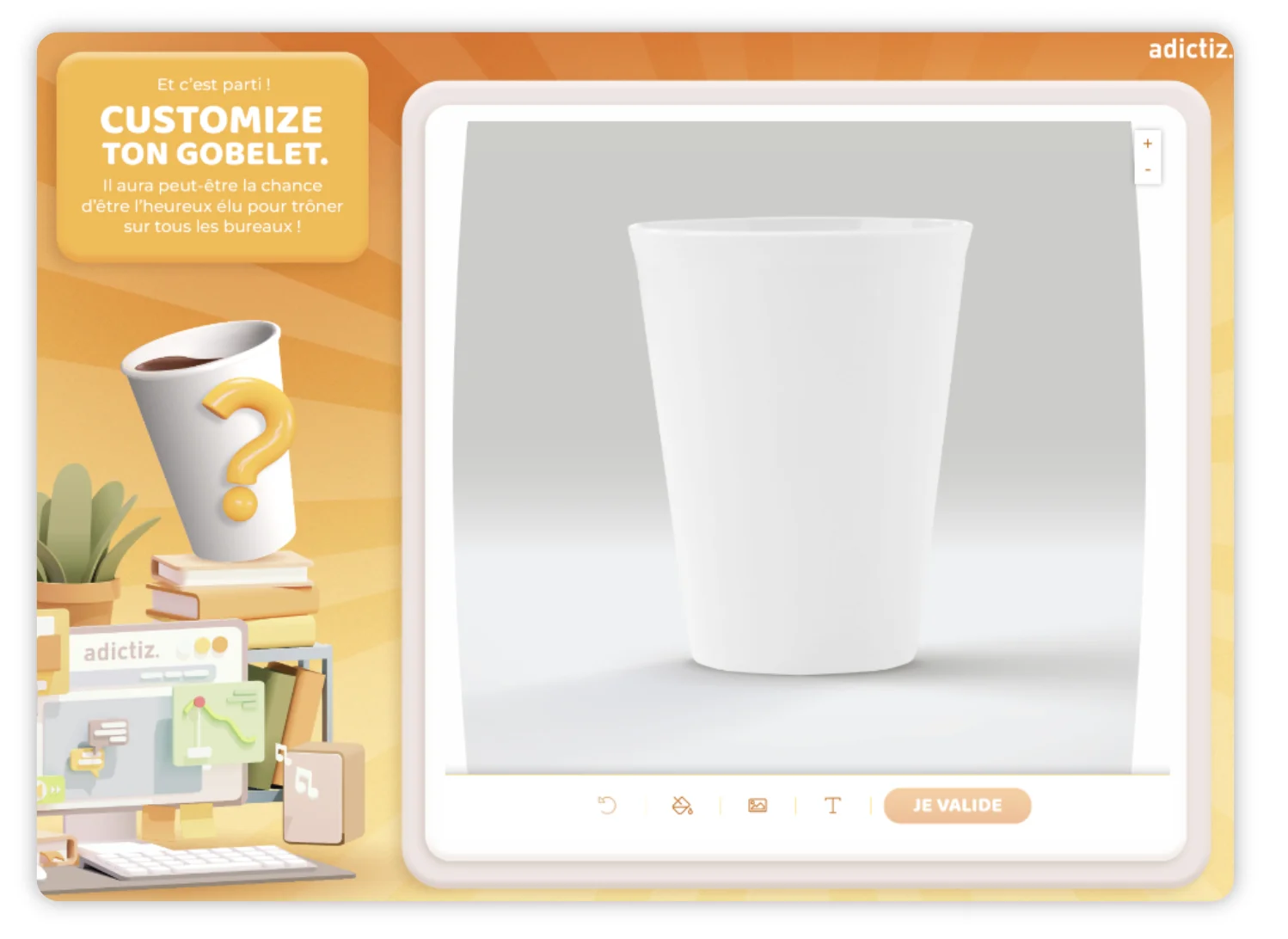
3 tips for creating serious games
. Here are 3 tips for designing a game that will achieve the desired objectives.
- Define clear and measurable objectives. Before starting to develop the game, it is essential to define the objectives to be achieved. Whether for training,
CSR awareness, performance management or internal communication, the game must have a specific purpose. - Design an immersive and engaging experience.
A serious game must be fun and stimulating to capture the attention of users. The company can incorporate storytelling elements to immerse participants in realistic situations.
- Measuring impact and gathering feedback to improve your serious game.
Once the game has been deployed, it is important to measure its effectiveness in order to improve the experience. The organisation will need to set performance targets and integrate feedback-gathering tools to adjust the game experience. It will also need to add new challenges, revise the pedagogical elements, etc.
Conclusion
Serious games, and gamification in general, are powerful levers for making your HR strategy more dynamic. Whether you want to optimise your CSR approach, improve employee training or boost your internal communications,
our HR games will help you make your employees’ experience more immersive and fun.


